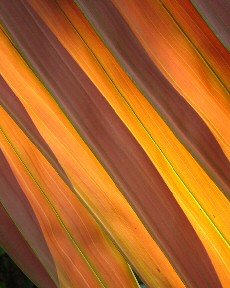Basically, my three acre oasis is a under a strict self-imposed 'No Kill Zone' policy. Since I'm a hypocritical human, three exceptions apply:
1) Mosquitoes may be smacked.
1) Cockroaches may be stomped
1) Armadillos, in a perfect world, should be trapped when viewed as a nuisance
Speaking of 3, there's only three things that truly depress me:
1) When it's too cold for my plantings
2) When it's too dry for my plantings
3) When armadillos destroy my plantings
I will hide behind the fact that armadillos are non-native, while firmly believing this species would have inevitably made the trek to the Southern U.S. anyway. Of course, like virtually all animals, it's a highly interesting critter, but the damage they cause to my my little horticultural wonderland is infuriating. Since Central Florida is in the midst of a drought, they scramble from near and far, attracted to the soil dwellers in my artificially irrigated gardens. A major concern of mine is the effect on endangered Sand Skink populations, which have become reestablished on my property, due to habitat I've worked hard to recreate. I've trapped and released in past years, but setting a trap for armadillos requires constructing a veritable maze to lead them to it, yet it doesn't imply success.. not even close.
I hereby offer a 15 gallon native tree/shrub per animal or one native tree/shrub seedling per inch of animal, all to be planted on my property, of course.
So come kill the armadillos.
Just don't make me watch.
Sand Skink (Neoseps reynoldsi)
Nine-banded Armadillo (Dasypus novemcinctus)
Read More...
Summary only...












